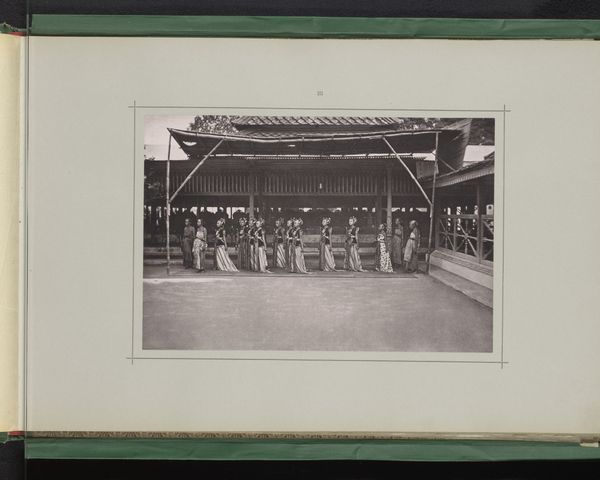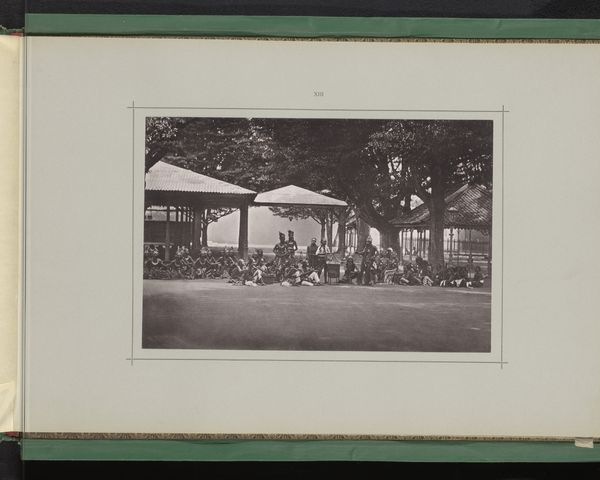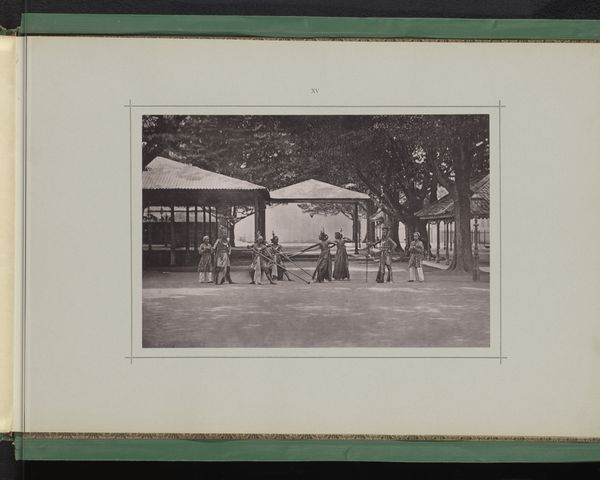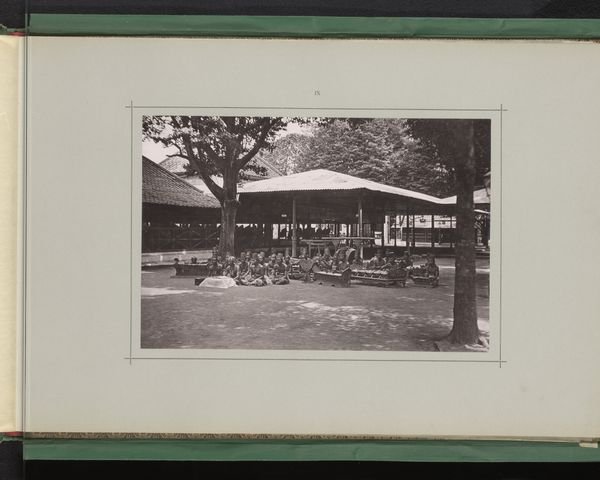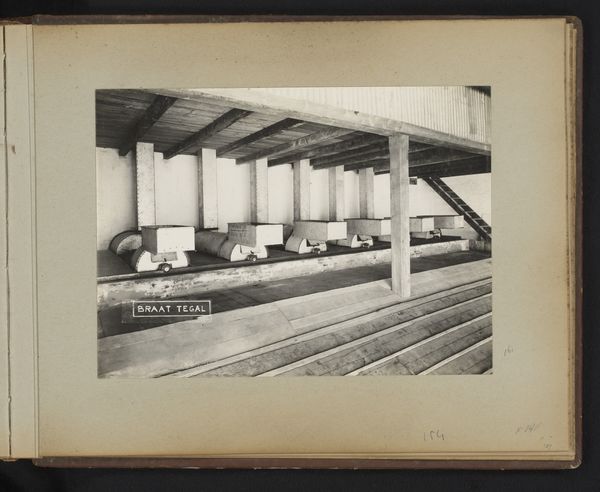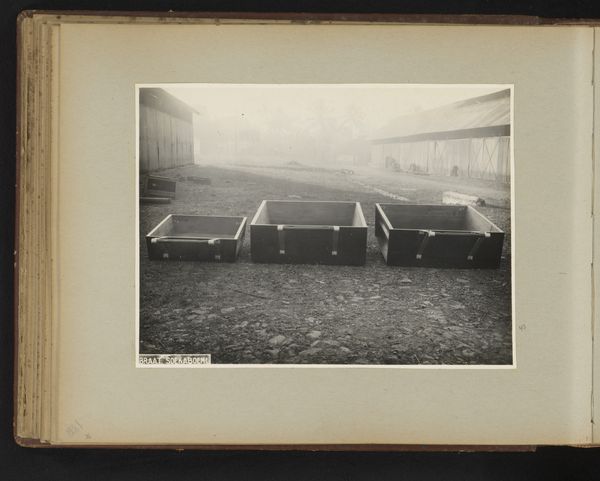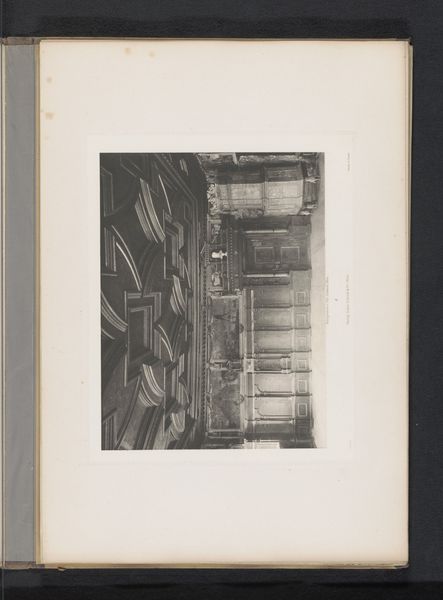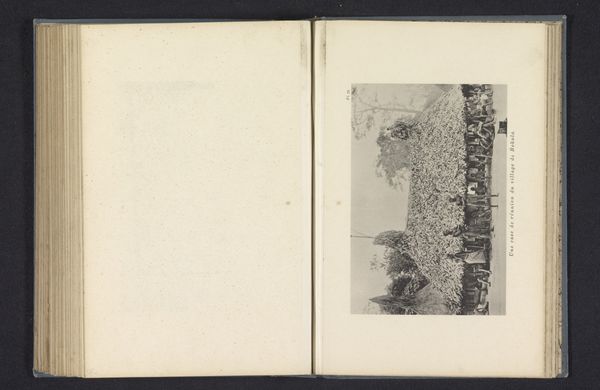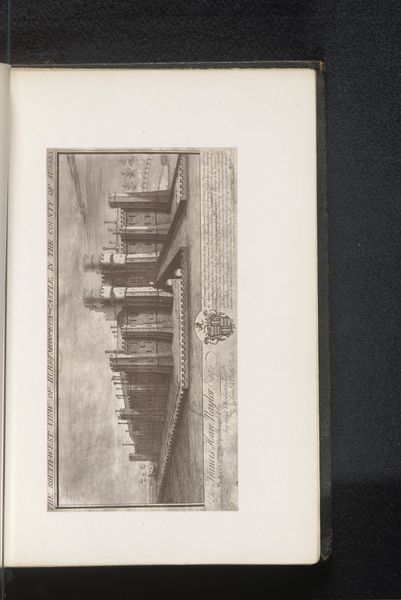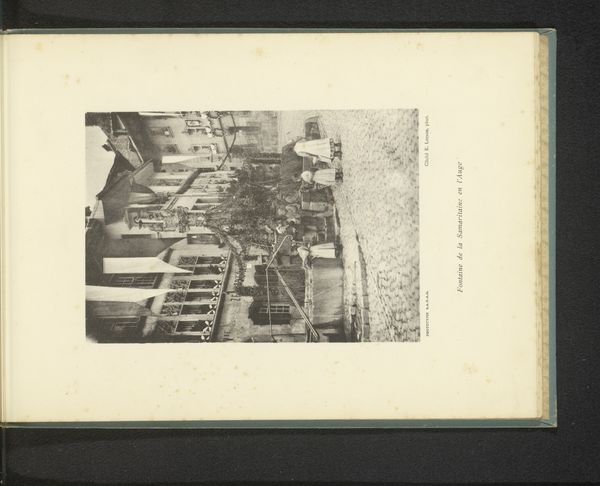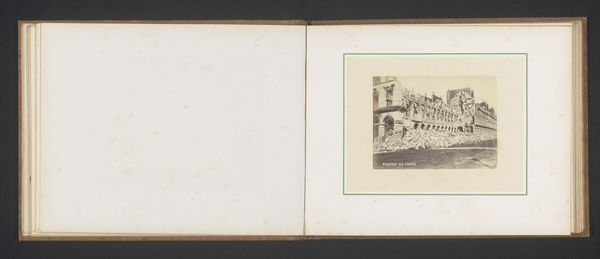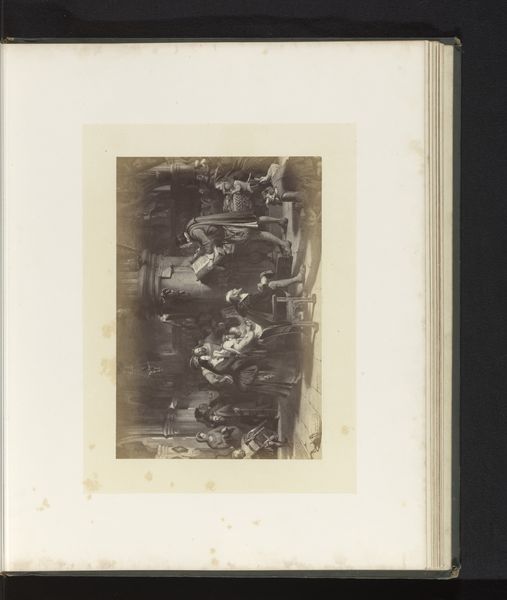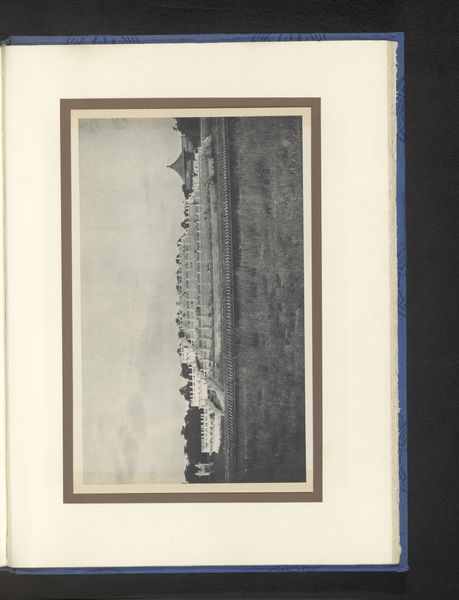
Groep vrouwen, bedaja's genoemd, prijzen de sultan in de Kraton Ngayogyakarta Hadiningrat in Jogyakarta, Indonesië before 1888
0:00
0:00
photography, gelatin-silver-print
#
portrait
#
asian-art
#
photography
#
gelatin-silver-print
#
genre-painting
Dimensions: height 182 mm, width 273 mm
Copyright: Rijks Museum: Open Domain
Curator: Before us, we have a gelatin silver print taken before 1888 by Kassian Cépas, entitled "Group of Women, called bedoyo, praising the Sultan in the Kraton of Yogyakarta Hadiningrat in Yogyakarta, Indonesia". It's currently housed at the Rijksmuseum. Editor: The stark contrast immediately draws me in. There's such formality and rigidity in the rows of women that somehow still feels performative for the viewer, a clear indication of complex social structures at play. Curator: Exactly. Cépas, being one of the first native Indonesian photographers, occupies a unique space. His access to the Yogyakarta court positions him both as observer and participant within this staged setting. The technical process of gelatin silver printing also interests me. The creation of this photograph required both artistry and artisanal expertise. It’s a layering of practices, a co-production that complicates authorship. Editor: The work certainly sits at an intersection. The bedoyo themselves and the clothes that adorn them, which appear meticulously constructed from indigenous materials, also signify a complex system of labor, class and status in the sultanate. The photo creates and freezes an asymmetrical power relationship between the sultan, the bedoyo and the consumer of this art. It makes one wonder about the consumption of such images, the desire to possess visual documentation of cultural displays. Curator: Indeed, the photograph was made for the Western gaze but crafted through Indonesian labor and artistry. How do we interpret the value ascribed to these types of colonial artifacts? And, further, who is deciding the definitions? It challenges the simplistic binaries of colonizer and colonized, inviting us to explore a much more nuanced interplay of cultural forces and material transactions. Editor: It’s so fascinating to unpack the role this photo continues to play today. It prompts a contemporary reconsideration of identity, and reminds us that these are not fixed but are constantly shifting constructs. Curator: Cépas' image acts as a material object shaped by cultural and historical conditions while capturing what are supposed to be ancient ritual performances, urging viewers to look closer at the production itself as much as its documented content. Editor: Definitely, the act of looking, then, demands that we acknowledge these women and reflect on the power relations that shape the narratives we tell about them.
Comments
No comments
Be the first to comment and join the conversation on the ultimate creative platform.
